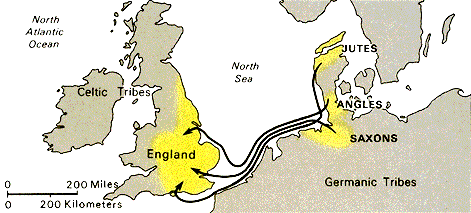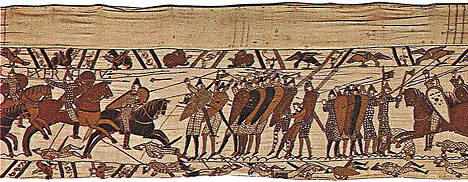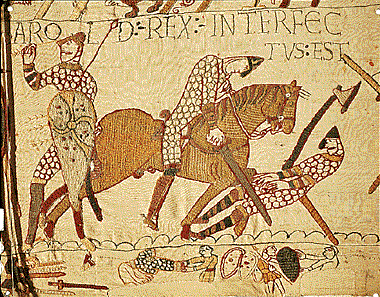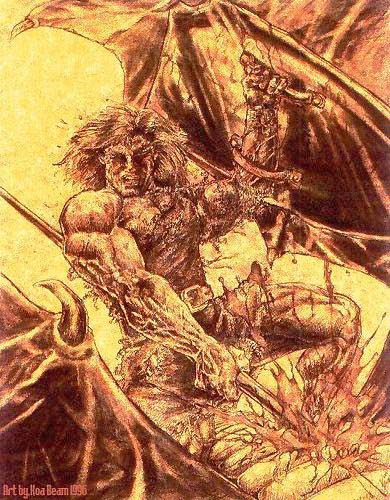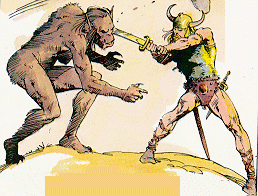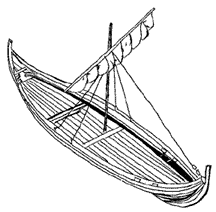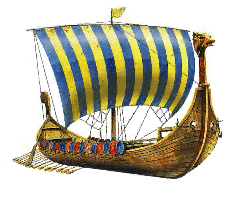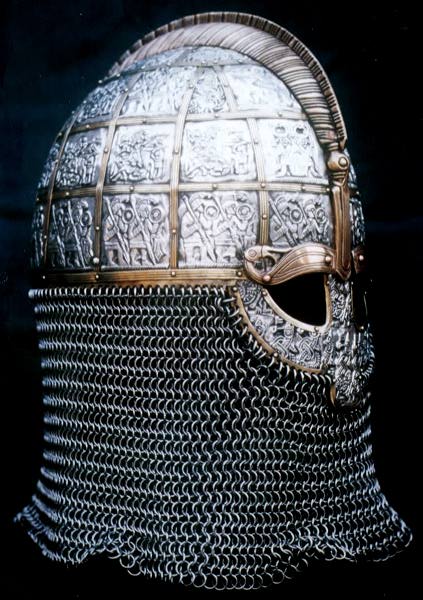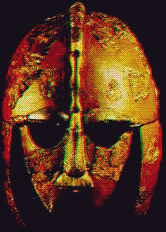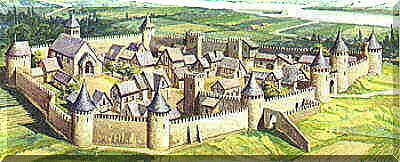| This epic poem is believed to be a 7th century composition that was first written down in the 9th century. Though it is often considered as a simple battle of good and evil, this tale shows the cultural conflicts that developed as the Anglo-Saxon people were converted to Christianity. |
Beowulf is divided into three sections: the victory over Grendel, the victory over Grendel's mother, and the fatal victory over a dragon. Each battle gets more difficult, as Beowulf, the Geat warrior, fights for the Danes and later, as an eighty year-old king, fights for his own people.. |
| As the world's greatest warrior, Beowulf blends his faith in God with his boldness and pride. He renders generous aid to the Danes, even though they seem to have lost their faith in God. In death, as a true ring lord, Beowulf wins a great fortune for his own people, willingly giving his life for the service of the Geats who no longer deserve his loyalty. |
Beowulf is shown to be a mighty warrior who has the qualities most admired by the Anglo-Saxonsstrength, courage, loyalty, and generosity. However, his ideal perfection actually diminishes his quality as an epic hero. Lacking flaws or weaknesses, he does not seem human, and modern readers expect realistic heroes. |
